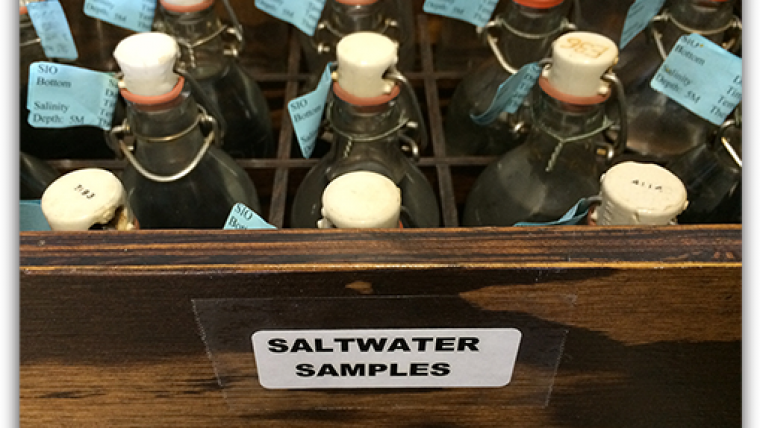How Oceanographic Research Continues in the Time of COVID-19
The onset of the coronavirus has put research on hold for a wide swath of the science community, but several programmes are continuing at the Scripps Institution of Oceanography at UC San Diego (US). Many are automated and not subject to the restrictions that their operators face, but others continue with human intervention: keeping critical specimens alive, taking measurements in solitude and, in one case, continuing on with shipboard work because there is no option to leave. One project has gone on for so long that it was disrupted not just by this pandemic but also the influenza pandemic of 1918.
Seawater Measurements
It’s rare for the Shore Stations Program to skip a beat in taking daily temperature and salinity samples from the end of Scripps Pier. These important seawater measurements have been collected since 1916, providing researchers with critical information about changes in the coastal Pacific Ocean. One significant pause occurred during another severe pandemic – the Spanish flu of 1918 – as records indicate five days of missed measurements in the fall of 1918 when San Diego was under quarantine.
Global Health Crisis
Now, more than a century later, the programme is again facing the challenges of a global health crisis. Shore Stations Program Manager Melissa Carter said they missed six sampling days at Scripps Pier due to COVID-19 impacts, but that operations would carry on now that protective measures, such as an enhanced cleaning protocol and wearing gloves during sampling, have been put in place.
The Shore Stations Program collects and provides access to current and historical sea surface temperature (SST) and salinity (SSS) measurements observed at shoreline stations along the west coast of the United States. Historically, stations ranged from the southernmost station in La Jolla, California, up to the northernmost point on the western coast, Neah Bay, Washington, which sits at the entrance of the Straits of Juan de Fuca. Currently, all active stations are located in California.
Overview
An overview of the other projects that Scripps Oceanography researchers are still working on can be found at scripps.ucsd.edu. (Photo: Scripps Institution of Oceanography, Shore Stations Program).














